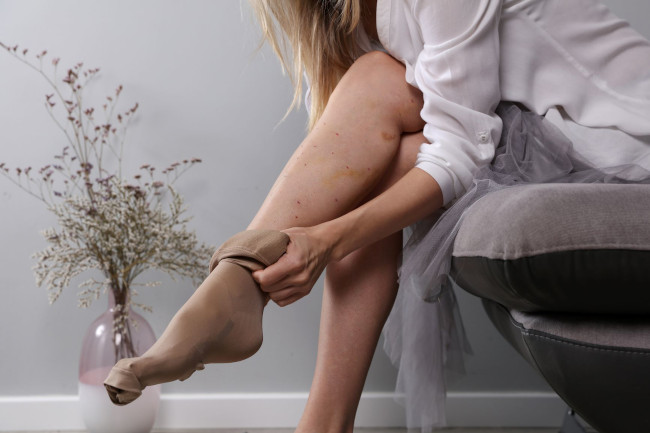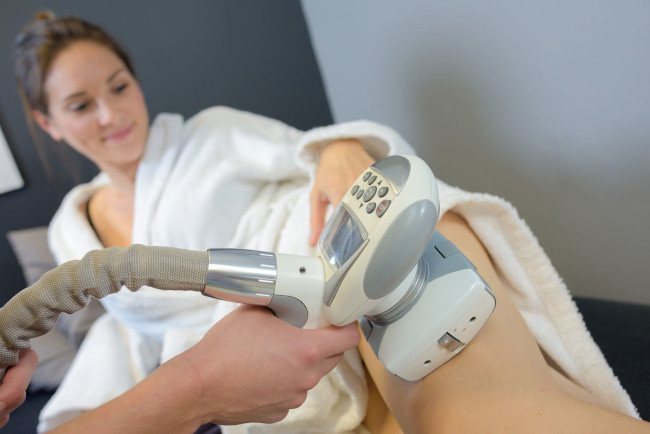
Your legs may look like million dollars but they amount to nothing if you have varicose veins. These bulging and twisted veins found in your legs are typically caused by increased pressure in your lower body, and they may become painful.
Having varicose veins and its underdeveloped sibling, spider veins, on your legs is not only unsightly, but it’s also uncomfortable.
If you’re often suffering from leg discomfort, check your backside to see whether you have these cosmetic issues on your lower limbs. Understand how they develop, when to seek treatment, and learn how to get rid of them.
What are varicose and spider veins?
By definition and function, veins are blood vessels that carry blood to the heart. They’re often located close to the skin and have one-way valves to prevent blood backflow.
When the valves weaken or fail to function properly, blood can gather, especially in the lower legs, which increases the pressure inside the veins. If this happens often, or if your work requires you to stand for long hours, the pressure intensifies, resulting in twisted, blue, and enlarged varicose veins.
Spider veins are formed the same way, being that they’re the lighter variation of varicose veins. Both are mostly just a cosmetic issue, although some sufferers may experience heavy, painful legs and other types of discomfort. In rare cases, though, they may lead to serious health issues.
Common Symptoms of Varicose Veins

Most patients do not have serious health issues accompanying their swollen and unsightly varicose and spider veins. Some may feel mild symptoms such as leg tiredness, as well as heavy and achy legs. These types of discomfort are generally relieved by putting your legs up or taking some rest from standing up. In some cases, varicose vein treatment could be as simple as going to your favorite spa or massage place.
When to Seek Treatment for Varicose and Spider Vein Treatment
Crampy, throbbing, swelling, and itchy legs are the common symptoms of varicose and spider veins, and usually, they’re nothing to worry about.
However, consider getting treatment if you’re suffering from any of the symptoms below:
- If your leg becomes swollen, red, or warm and tender to the touch.
- Severe leg pain that prevents you from performing your daily activities
- Darker skin patches, sores, or ulcers on your legs
- The skin over your veins is sore and irritated
- Persistent leg pain that becomes so discomforting it keeps you from sleeping soundly at night
- You have sores or rashes on your legs or near your ankle
- Discoloration of the skin on your ankle or calf
Common Varicose Vein Treatments

Not all varicose vein cases require treatment. But nothing stops you from seeking relief early on, considering that varicose veins can worsen and put you at the risk of developing serious complications.
Simple remedies such as wearing compression stockings, regular exercise, and massages, work on mild cases of varicose and spider veins.
Varicose vein treatments can also be done by professionals using these procedures:
- Massage. While not considered a treatment per se, the pressure from a massage can help ease symptoms such as leg swelling and discomfort. Massage therapists can help your varicose or spider vein symptoms from getting worse.
- Sclerotherapy. This procedure involves a doctor injecting saline or other chemical solution into our veins, causing them to scar and shrink.
- Laser treatment. If you’re scared of needles, you can have this done in your favorite spa or treatment centers. In this vein treatment method, light is used strategically to penetrate your varicose and spider veins, helping them lighten and eventually fade.
- Ablation. This vein treatment uses heat to treat varicose veins. There are two processes; one involves radiofrequency while the other one uses laser energy to remove your swollen and twisted leg veins.
- Ambulatory phlebectomy. This non-invasive vein treatment focuses on surface varicose veins. Small skin punctures are done to remove the affected veins.
- High ligation and vein stripping. This vein treatment procedure involves tying a vein off and removing it through small incisions.
- Endoscopic vein surgery. When all other vein treatments fail to relieve your serious varicose vein condition, a doctor may recommend this as a last resort.
Possible Complications from Varicose Veins
Although rare, few cases of varicose veins may lead to other health issues and complications, such as:
- Bleeding. Our veins, which are mostly superficial and close to our skin, may become damaged and burst, causing it to bleed.
- Blood clots or thrombophlebitis. These blood clots occur in veins just below the skin. A sufferer may experience redness on the skin around the affected area, a vein that’s tender and warm to the touch, and pain, as well as swelling.
- Venous ulcers and skin sores. Also called varicose ulcer, it is a leg wound caused by blood circulation problems in the leg, leading to open sores, especially near the ankles. These even more unsightly skin problems are painful and take time to heal.
- Deep vein thrombosis (DVT). These are blood clots in veins located deeper under the skin and are therefore could turn serious. Unfortunately, many sufferers do not exhibit any symptoms. In some cases, DVT causes pain, swelling, and warmth on the legs, or a pulling sensation in the calf.
The danger of this condition lies in the fact that the blood clot may travel to the lungs, leading to a condition called pulmonary embolism.
Risk factors for Varicose Veins

The following factors increase your chances of developing varicose and spider veins:
- Age. The older you get, the more susceptible you are because aging causes the valves in your veins to weaken.
- Genetics. If you have family members who’ve had varicose veins, there’s a greater chance that you will develop the condition, too.
- Hormonal changes. Fluctuating hormones and an increase in estrogen levels may weaken the valves, too. A woman who’s pregnant, using birth control, or menopausal hormone therapy, is at a higher risk of developing varicose and spider veins.
- Sex. Women are more likely to develop varicose and spider veins as compared to men.
- Obesity. Carrying extra pounds of weight can increase the pressure in your leg veins.
- Standing or sitting for long periods of time. Doing this discourages normal blood flow, which may lead to varicose and spider veins.
How to Prevent Varicose Veins from Developing
There’s no surefire way to prevent these dark blue, bulging, and unsightly veins from showing up. However, improving blood circulation may help reduce your chances of developing varicose and spider veins. Keeping active, maintaining a healthy weight, and watching what you eat, as well as elevating your legs, and changing your positions often, are a few of the ways you can boost blood circulation.
Recap
Varicose veins and spider veins are common and are typically not a major cause for concern. In rare cases, though, they may lead to serious health problems such as blot clots and ulcers. If you have varicose veins, consult your doctor and consider having them removed through non-invasive treatments such as laser treatment or surgeries.







